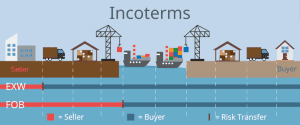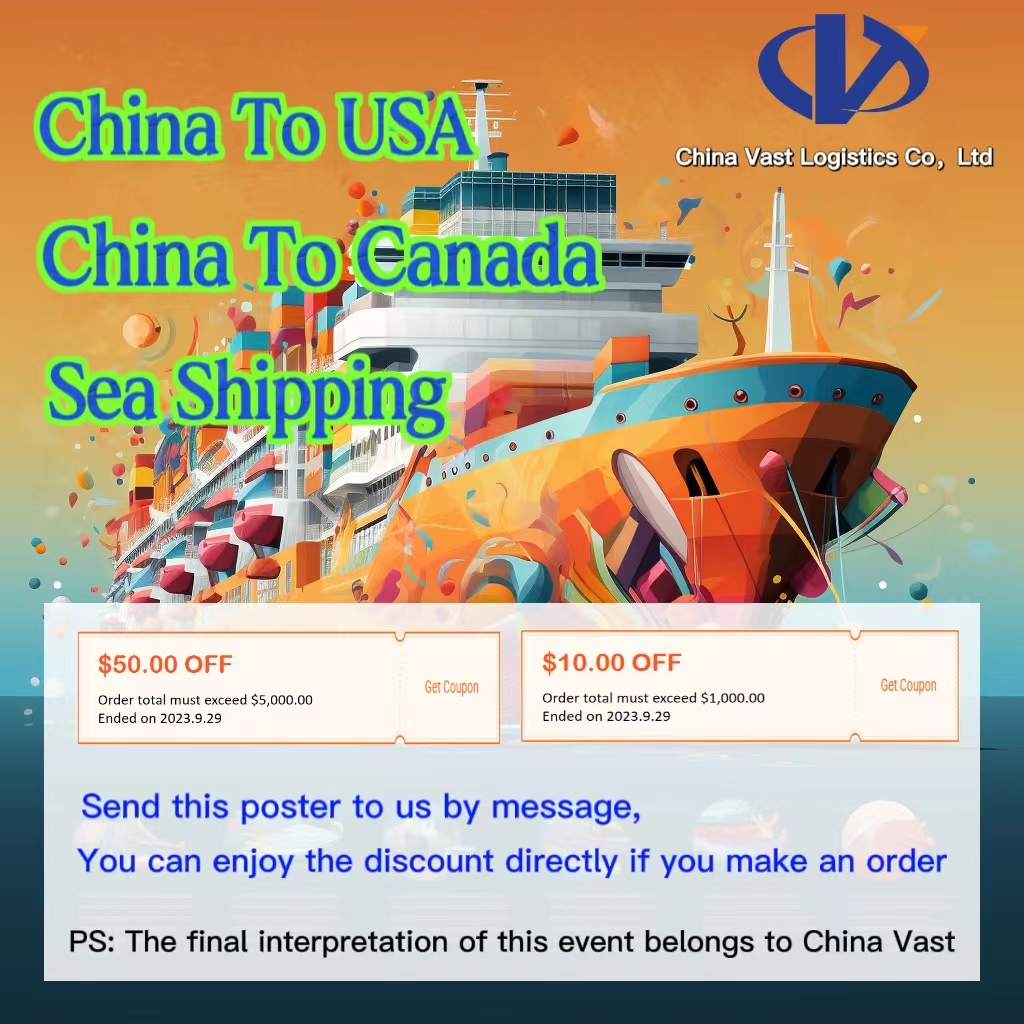FOB (Free On Board) and EXW (Ex Works) are common trade terms in international commerce. Below are their definitions and differences:

1. Definitions
- FOB (Free On Board):
Also known as “Free On Board Price,” FOB indicates that the seller fulfills their delivery obligations once the goods are loaded onto the ship at the designated port of shipment specified by the buyer. After delivery, the risks of loss or damage to the goods, as well as any related costs, transfer to the buyer. The seller is responsible for handling export customs clearance.In FOB terms, the seller delivers the goods to the designated port of shipment and ensures they are loaded onto the ship specified by the buyer. From that point on, the buyer assumes all costs and risks associated with international transportation. The seller covers inland transportation costs, export formalities, and ensures the goods are safely delivered to the port. Once the goods are loaded onto the ship, the costs and risks transfer to the buyer, who must pay for international freight, insurance, and any import duties or taxes at the destination.
Key Features:
- Delivery Point: Goods are delivered onboard the vessel at the port of shipment.
- Risk Transfer: Risks transfer to the buyer once the goods are loaded onto the designated ship.
- Seller’s Responsibilities: The seller ensures safe delivery to the port and covers all risks up to the point of loading.
- Cost Allocation: The seller bears costs such as export duties, inland transportation, and loading before shipment, while the buyer assumes costs and risks after the goods are loaded.
- EXW (Ex Works):
“Ex Works” refers to the seller fulfilling their delivery obligations once the goods are made available to the buyer at a specified location (e.g., factory, warehouse). The seller is not responsible for loading the goods onto the buyer’s transport or for handling export customs clearance. The buyer bears all costs and risks from the seller’s location to the destination.In EXW terms, the seller’s responsibility ends once the goods are placed at the agreed-upon location for the buyer to collect. The buyer must arrange the entire transportation process and bear all related costs and risks, including domestic and international shipping, insurance, and any import duties or taxes at the destination. The seller is only required to prepare the goods for collection and does not handle logistics or export procedures.
Key Features:
- Delivery Point: Goods are delivered at the seller’s premises.
- Risk Transfer: Risks transfer to the buyer once the goods are handed over to the buyer or their agent.
- Seller’s Responsibilities: The seller only prepares the goods for collection and does not handle transport or loading.
- Cost Allocation: The buyer assumes responsibility for export duties, transportation, insurance, and other logistics costs.
2. Differences
- Delivery Location:
Under FOB, the delivery location is onboard the vessel at the designated port of shipment.
Under EXW, the delivery location is at the seller’s premises, such as their factory or warehouse. - Risk Transfer:
For FOB, the risk transfers from the seller to the buyer once the goods pass over the ship’s rail at the port of shipment.
For EXW, the risk transfers to the buyer when the seller makes the goods available for the buyer’s disposal at the seller’s location. - Cost Responsibility:
Under FOB, the seller bears all costs up until the goods pass over the ship’s rail at the port of shipment, while the buyer assumes all subsequent costs, including freight and insurance.
Under EXW, the buyer is responsible for all costs starting from the point of collection at the seller’s premises, including loading, transportation, insurance, and export clearance. - Customs Clearance:
For FOB, the seller is responsible for handling export customs clearance.
For EXW, export customs clearance is typically handled by the buyer unless otherwise specified in the contract. - Applicable Modes of Transport:
FOB is primarily used for sea freight and inland waterway transport.
EXW is applicable to all modes of transport.


